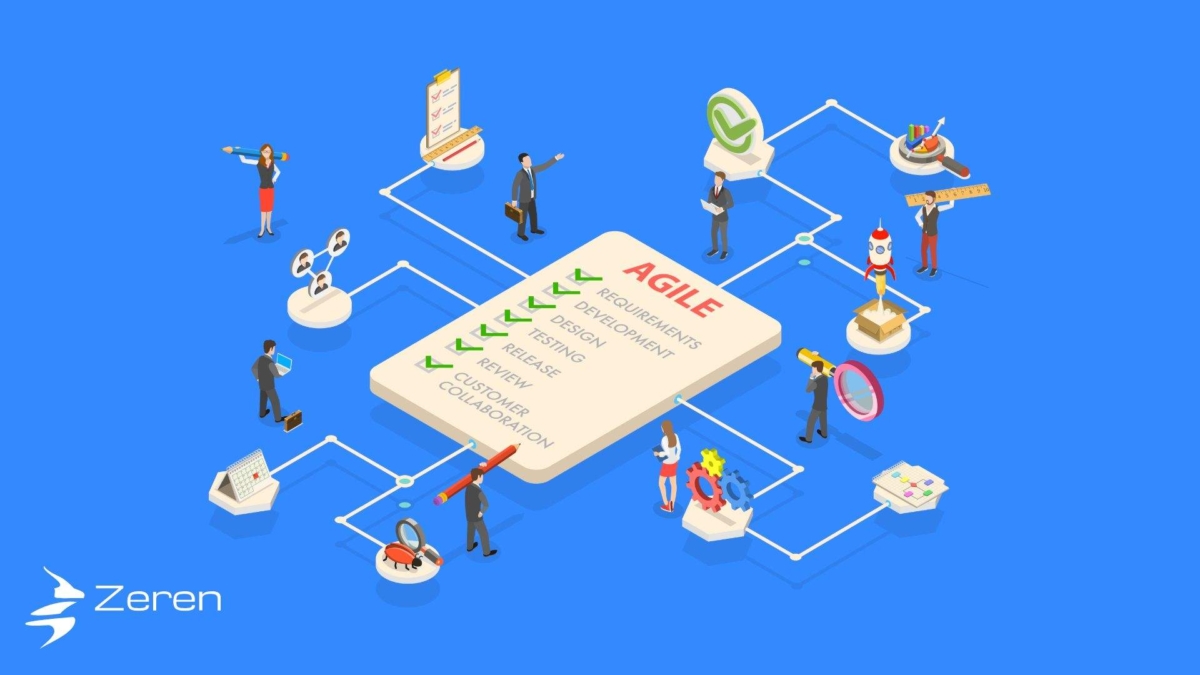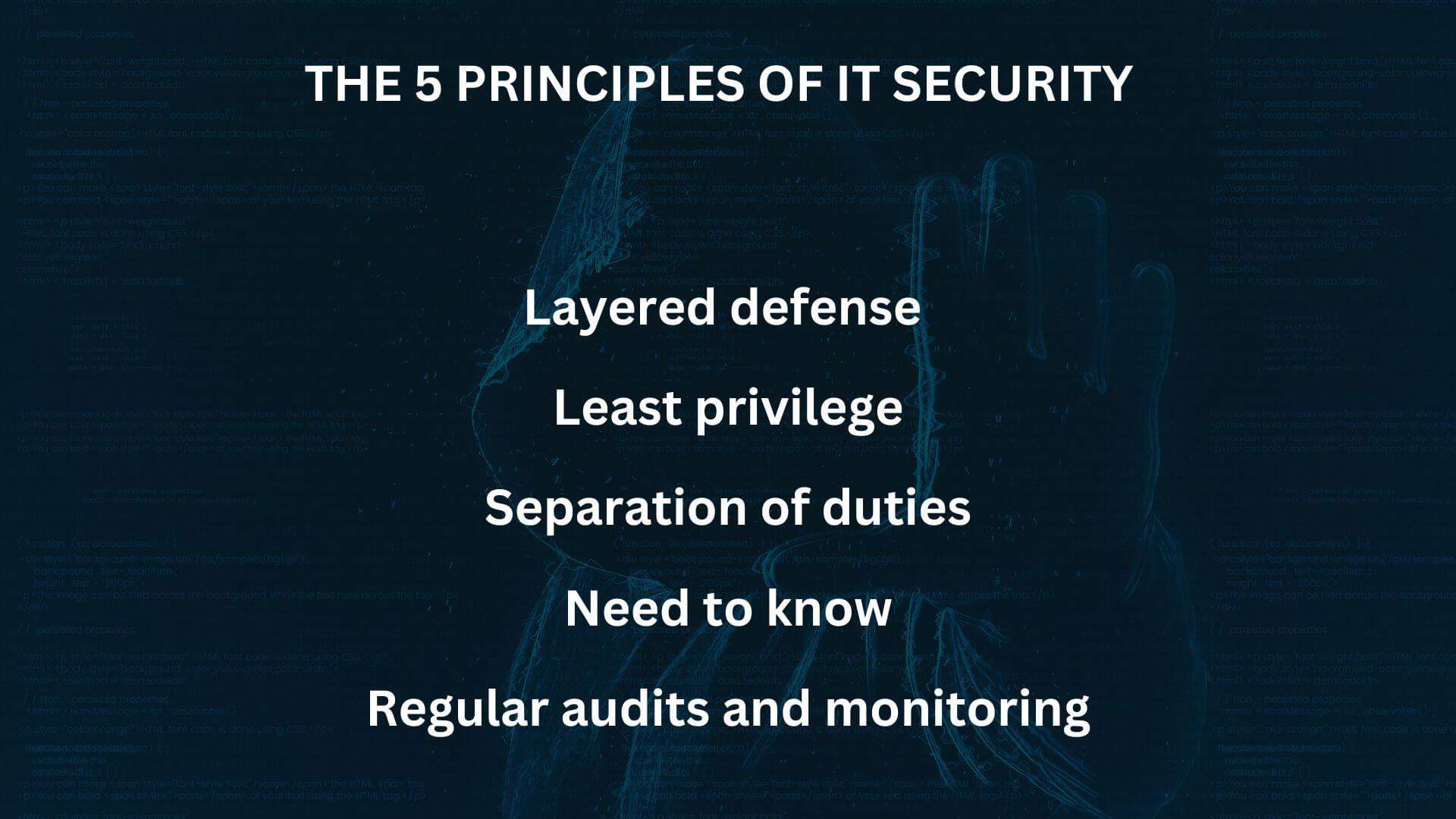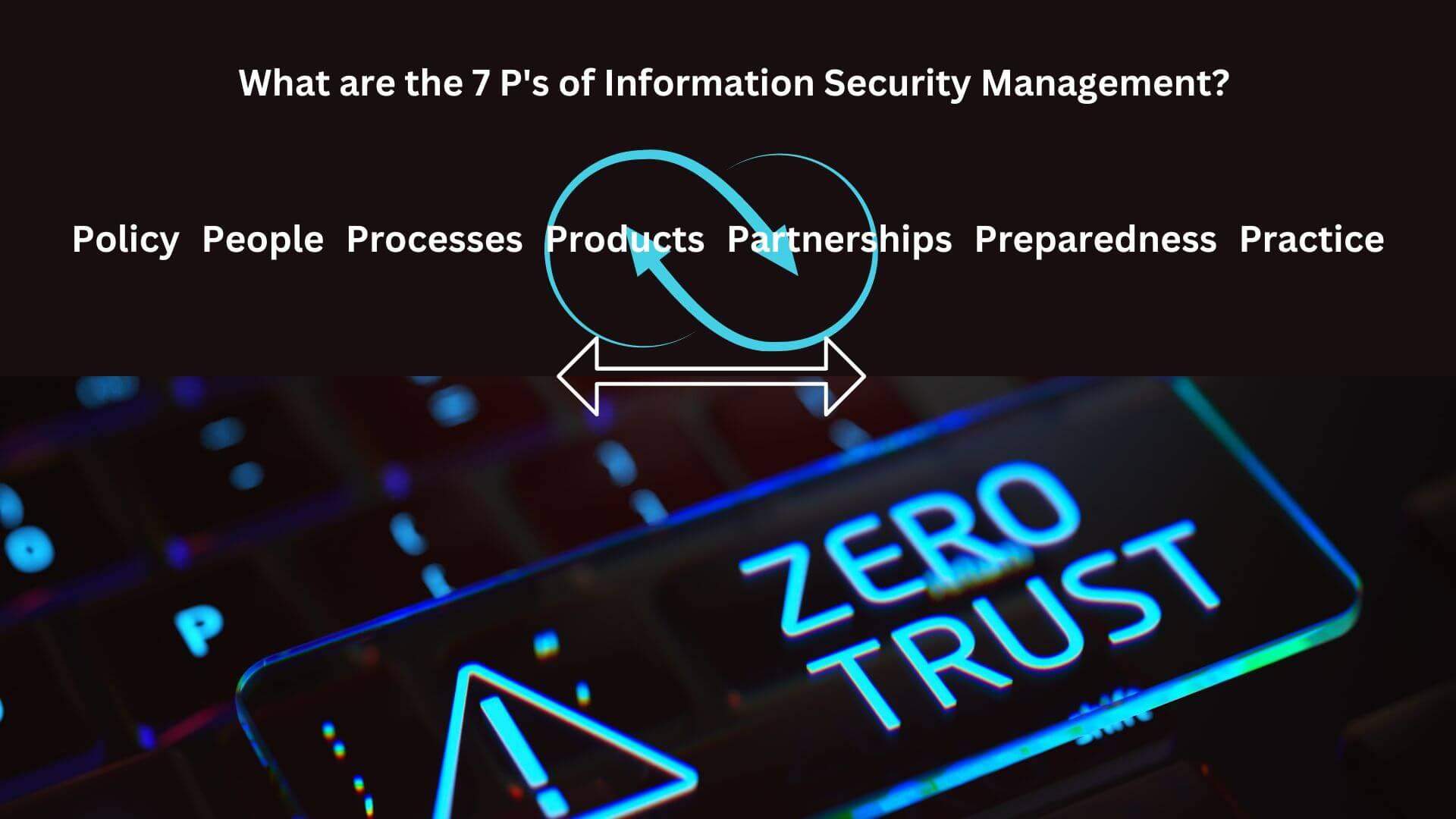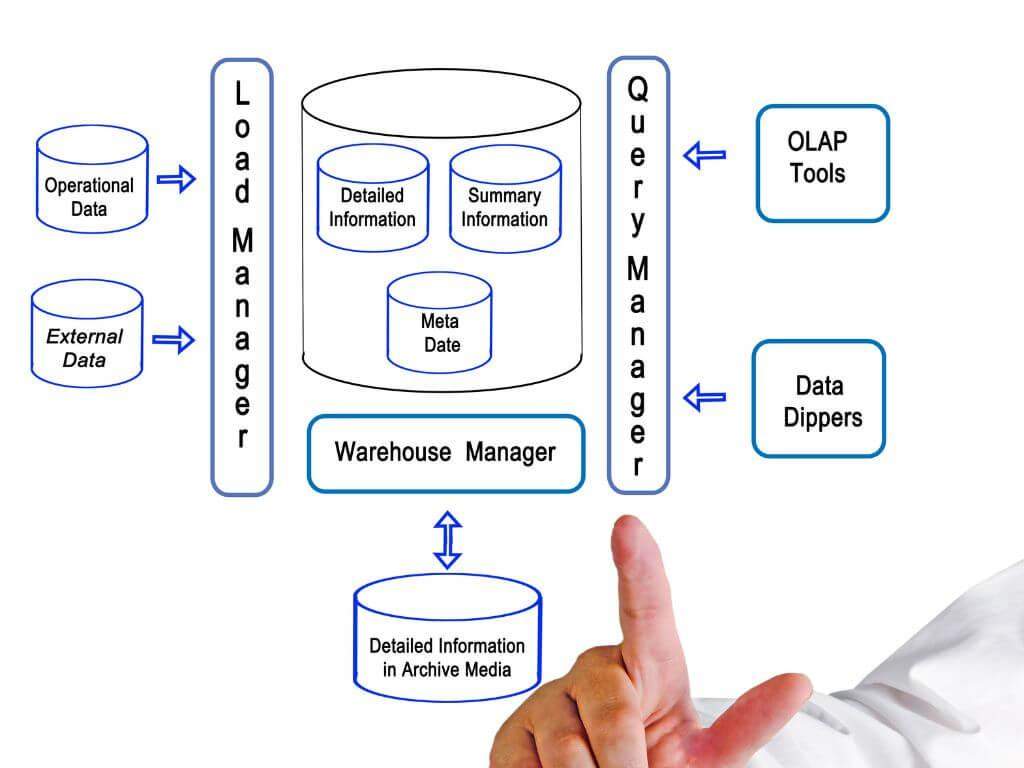How Cloud Services Can Save Money and Improve Efficiency for Businesses
Cloud services or cloud computing are transforming the way businesses operate and compete in the modern world. Cloud services are on-demand, scalable, and flexible IT resources that are delivered over the internet, such as computing, storage, networking, software, analytics, etc. Cloud services enable businesses to access and use IT resources without having to invest in or maintain physical infrastructure or software.
Cloud services are becoming increasingly popular among businesses of all sizes and industries, as they offer many benefits and advantages over traditional IT solutions. One of the main benefits of cloud services is that they can help businesses save money and improve efficiency, leading to better performance and profitability. In this article, we will explore how cloud services can help businesses achieve these goals, and provide some real-world success stories of companies that have leveraged cloud for growth.
The Rise of Cloud Services in Modern Business
Cloud services have been growing rapidly in the past decade, as more and more businesses realize the potential and value of cloud adoption. According to a Gartner report, the global public cloud services market is expected to grow 20.7% to total $591.8 billion in 2023, up from $490.3 billion in 2022, according to the latest forecast from Gartner, Inc. This is higher than the 18.8% growth forecast for 2022. Another report also predicts that by 2024, more than 45% of IT spending on system infrastructure, infrastructure software, application software and business process outsourcing will shift from traditional solutions to cloud.
The main drivers behind the rise of cloud services are the changing business needs and expectations in the digital era. Businesses today face various challenges and opportunities, such as:
- Increasing customer demands and expectations for faster, better, and more personalized products and services.
- Growing competition and innovation in the global market, requiring businesses to differentiate themselves and stay ahead of the curve.
- Rising operational costs and complexity, requiring businesses to optimize their resources and processes.
- Evolving technological trends and advancements, requiring businesses to adopt new tools and solutions.
Cloud services can help businesses overcome these challenges and seize these opportunities, by providing them with:
- Greater agility and scalability, enabling businesses to respond quickly and effectively to changing market conditions and customer needs.
- Higher performance and reliability, ensuring businesses deliver consistent and high-quality products and services to their customers.
- More security and compliance, protecting businesses from cyber threats and regulatory risks.
- Enhanced innovation and collaboration, empowering businesses to create new products and services, and improve their workflows and productivity.
Cost-saving Benefits of Adopting Cloud Services
One of the most attractive benefits of cloud services is that they can help businesses save money on their IT expenses. Cloud services can reduce or eliminate the need for capital expenditures (CAPEX) on IT infrastructure or software, as well as operational expenditures (OPEX) on IT maintenance or management. Cloud services can also provide more predictable and transparent pricing models, such as pay-as-you-go or subscription-based, allowing businesses to pay only for what they use or need.
Some of the ways that cloud services can help businesses achieve cloud-driven cost savings are:
- Reducing hardware costs: Cloud services can help businesses avoid or reduce the costs of purchasing, installing, upgrading, or replacing physical servers, storage devices, network equipment, or other hardware components. Cloud services can also help businesses save on the costs of power, cooling, space, or security for their hardware infrastructure.
- Reducing software costs: Cloud services can help businesses avoid or reduce the costs of licensing, installing, updating, or patching software applications or systems. Cloud services can also help businesses access the latest versions of software without having to pay for upgrades or migrations.
- Reducing labor costs: Cloud services can help businesses avoid or reduce the costs of hiring, training, or retaining IT staff or contractors. Cloud services can also help businesses save on the costs of managing or monitoring their IT resources or systems.
- Reducing downtime costs: Cloud services can help businesses avoid or reduce the costs of downtime or disruption due to hardware failures, software bugs, human errors, or natural disasters. Cloud services can also help businesses recover faster from any incidents or issues with their IT resources or systems.

Boosting Business Efficiency Through the Power of Cloud
Another major benefit of cloud services is that they can help businesses improve their efficiency and productivity. Cloud services can enable businesses to access and use IT resources more easily and conveniently, as well as optimize their workflows and processes. Cloud services can also provide more flexibility and mobility for businesses, allowing them to work from anywhere and anytime.
Some of the ways that cloud services can help businesses achieve enhanced operational efficiency with cloud are:
- Improving performance: Cloud services can help businesses improve the performance of their IT resources or systems by providing faster processing, higher bandwidth, larger storage capacity, or better availability. Cloud services can also help businesses improve the performance of their products or services by providing better functionality, quality, or user experience.
- Improving collaboration: Cloud services can help businesses improve their collaboration among their teams or partners by providing shared access, real-time communication, or seamless integration. Cloud services can also help businesses improve their collaboration with their customers by providing feedback, support, or personalization.
- Improving innovation: Cloud services can help businesses improve their innovation by providing access to new technologies, tools, or solutions. Cloud services can also help businesses improve their innovation by providing opportunities for experimentation, testing, or learning.
- Improving security: Cloud services can help businesses improve their security by providing encryption, authentication, or backup. Cloud services can also help businesses improve their security by providing compliance with industry standards or regulations.
Real-world Success Stories: Companies Leveraging Cloud for Growth
Many companies across various industries and sectors have successfully adopted cloud services to save money and improve efficiency, resulting in increased growth and profitability. Here are some examples of real-world success stories of companies leveraging cloud for growth:
- Netflix: Netflix is a leading online streaming service that provides movies and TV shows to millions of subscribers worldwide. Netflix uses cloud services to host and deliver its content, as well as to run its analytics, recommendation, and personalization engines. By using cloud services, Netflix can scale its infrastructure and bandwidth according to the demand and preferences of its customers, ensuring high performance and reliability. Netflix can also save on the costs of building and maintaining its own data centers, as well as experiment and innovate with new features and technologies.
- Airbnb: Airbnb is a popular online platform that connects travelers with hosts who offer accommodation and experiences around the world. Airbnb uses cloud services to store and process its data, as well as to run its website, mobile app, and payment system. By using cloud services, Airbnb can handle millions of transactions and interactions among its users, ensuring fast and secure service. Airbnb can also save on the costs of managing its own IT infrastructure, as well as access new markets and opportunities with cloud.
- Spotify: Spotify is a leading online music streaming service that offers millions of songs and podcasts to its users. Spotify uses cloud services to store and stream its content, as well as to run its machine learning, analytics, and advertising platforms. By using cloud services, Spotify can deliver high-quality audio and personalized recommendations to its users, ensuring customer satisfaction and retention. Spotify can also save on the costs of licensing or hosting its own music catalog, as well as explore new features and solutions with cloud.
Conclusion
Cloud services are a powerful and beneficial way for businesses to access and use IT resources without having to invest in or maintain physical infrastructure or software. Cloud services can help businesses save money and improve efficiency, leading to better performance and profitability. Cloud services can also provide businesses with greater agility, scalability, reliability, security, innovation, and collaboration.
If you are looking for a reliable and experienced partner to help you with your cloud services needs, look no further than Zeren Software. We are a leading provider of cloud services solutions for businesses of all sizes and industries. We have a team of skilled and certified cloud experts who can help you design, develop, and deploy your cloud solutions using the best practices and technologies. Whether you need cloud computing, cloud storage, cloud networking, cloud software, cloud analytics, or any other cloud service, we can help you create it with cost savings and efficiency.
We also offer the first consultation service for free, whereby we can discuss about your project requirements and provide you with a free cost estimate. If you are interested in working with us or learning more about our services, get in touch with us.
We look forward to hearing from you and helping you with your cloud services needs. Thank you for reading our blog post on how cloud services can save money and improve efficiency for businesses. We hope you found it useful and informative.































